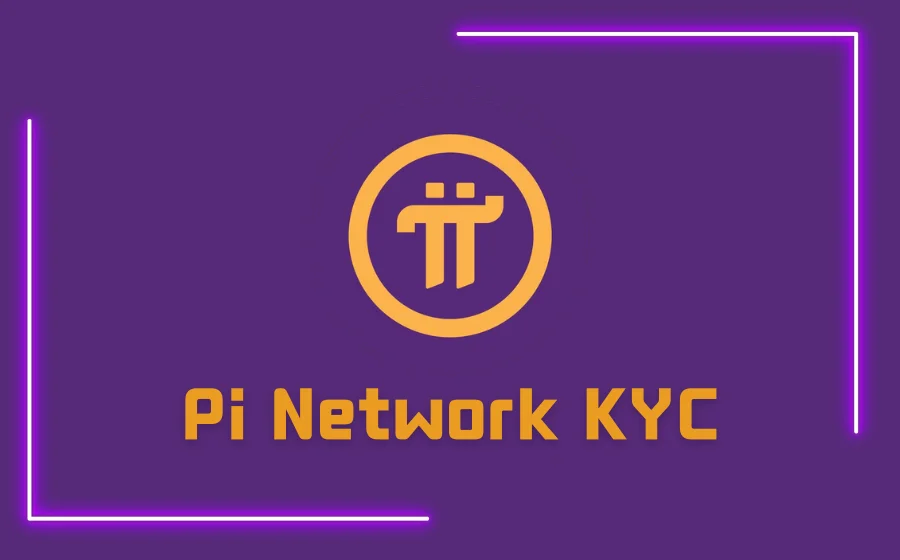
KEYTAKEAWAYS
- Bitcoin Layer 2 enhances scalability and transaction speed by processing transactions off-chain while keeping Bitcoin’s security intact.
- Layer 2 technologies like Lightning Network, Rootstock, Stacks, and Liquid expand Bitcoin’s functionality, enabling smart contracts and DeFi.
- Beyond faster payments, Bitcoin Layer 2 redefines Bitcoin as a programmable financial infrastructure for global decentralized innovation.

CONTENT
Bitcoin Layer 2 solutions improve scalability, speed, and programmability—transforming Bitcoin from digital gold into a flexible, efficient, and DeFi-ready financial network.

WHAT IS BITCOIN LAYER 2?
Bitcoin Layer 2 refers to a set of protocols built on top of the Bitcoin mainchain (Layer 1) designed to overcome its limitations in transaction speed, scalability, and flexibility. Think of it as Bitcoin’s “expressway system” — while the mainchain ensures ultimate security and settlement, Layer 2 handles frequent, smaller-scale transactions to make the network faster and more efficient.
These protocols process transactions off-chain and later settle them on the Bitcoin mainchain, reducing congestion, cutting transaction fees, and improving user experience. Beyond the well-known Lightning Network, a new wave of Layer 2 solutions is emerging to enable advanced features such as smart contracts and DeFi interoperability.
Ultimately, Bitcoin Layer 2 isn’t just about faster payments or lower costs — it represents a pivotal step in transforming Bitcoin from “digital gold” into a truly usable financial network.
>>> More to read: Lightning Network | What It Is & How It Works
WHY DO WE NEED BITCOIN LAYER 2?
Bitcoin was originally designed as a decentralized and secure payment system, but it faces clear scalability limitations. With an average block time of 10 minutes and a throughput of around seven transactions per second (TPS), the Bitcoin network often struggles during periods of high activity — leading to network congestion, rising fees, and delayed confirmations.
On top of that, Bitcoin’s scripting language is intentionally limited to maintain security, but this also restricts its ability to support complex smart contracts or decentralized applications (DApps). As a result, Bitcoin lacks the programmability that networks like Ethereum offer for broader Web3 use cases.
This is where Bitcoin Layer 2 comes in. Built atop the mainchain, these protocols aim to solve Bitcoin’s scalability and flexibility issues without compromising its core security. They enable faster, cheaper transactions and unlock programmability — transforming Bitcoin from a simple “store of value” into a scalable, utility-driven global financial network.
>>> More to read: What Are DeFi Aggregators & How Do They Work?
HOW DOES BITCOIN LAYER 2 WORK?
The fundamental idea behind Bitcoin Layer 2 is off-chain processing — handling transactions outside the main blockchain (Layer 1) and only settling the final results on-chain. This approach eases the burden on the Bitcoin mainchain, reduces transaction fees, and enables near-instant payments and microtransactions.
There are 3 main mechanisms that power Bitcoin Layer 2 solutions:
1️⃣ State Channels
Solutions like the Lightning Network rely on encrypted peer-to-peer payment channels. Transactions occur off-chain between two parties, with only the opening and closing balances recorded on the mainchain. This design minimizes congestion while maintaining both efficiency and security.
2️⃣ Rollups
Rollups — including Optimistic Rollups and Zero-Knowledge (ZK) Rollups — bundle multiple off-chain transactions into a single data set and post it on-chain. This approach greatly enhances scalability and throughput while keeping costs low and maintaining trust.
3️⃣ Sidechains
Sidechains are independent blockchains with their own consensus mechanisms, connected to the Bitcoin mainchain through a two-way peg. This setup allows assets to move between chains, supporting additional features like smart contracts, DeFi applications, and greater programmability within the Bitcoin ecosystem.
✏️ In essence, Bitcoin Layer 2 allows Bitcoin to retain its hallmark security and decentralization while unlocking scalability, low fees, and broader utility — paving the way for a faster, more versatile global financial network.
>>> More to read: What is a Layer in Blockchain?
EXAMPLES OF BITCOIN LAYER 2 SOLUTIONS
Over the years, several Bitcoin Layer 2 solutions have emerged, each tackling Bitcoin’s scalability and functionality limitations in unique ways. These protocols are transforming Bitcoin from a slow settlement layer into a faster, more programmable network.
✅ Lightning Network
Launched in 2018, the Lightning Network is the most well-known Bitcoin Layer 2 solution. It uses state channels to enable countless off-chain microtransactions while only recording the opening and closing balances on the Bitcoin mainchain. This drastically improves transaction speed and reduces fees, making it ideal for micropayments and real-time transfers.
✅ Rootstock (RSK)
Rootstock operates as a sidechain connected to Bitcoin via a two-way peg and was the first to bring smart contracts to the Bitcoin ecosystem. Users can lock their BTC to mint “Smart Bitcoin” (RBTC) on the RSK network, allowing faster and cheaper transactions. RSK extends Bitcoin’s use cases into decentralized finance (DeFi) and beyond.
✅ Stacks Protocol
Formerly known as Blockstack, Stacks is a dedicated Bitcoin Layer 2 blockchain that enables smart contracts and decentralized applications (DApps) secured by Bitcoin. It uses the Proof of Transfer (PoX) consensus mechanism to anchor its transactions to the Bitcoin blockchain, while microblocks enhance transaction speed. Stacks bridges Bitcoin to the Web3 world.
✅ Liquid Network
Developed by Blockstream, Liquid Network is a Bitcoin Layer 2 sidechain that allows BTC transfers via a two-way peg system. When BTC is moved to Liquid, it becomes Liquid BTC (L-BTC) at a 1:1 ratio. Beyond faster settlements, Liquid also supports token issuance, digital asset management, and confidential transactions — making it a favorite among exchanges and institutional users.
✏️ Together, these Bitcoin Layer 2 solutions enhance scalability, enable programmability, and expand Bitcoin’s role from a “store of value” to a full-fledged programmable financial infrastructure.
>>> More to read: Stacks (STX) : Top Bitcoin Layer-2
BEYOND SCALABILITY: REAL-WORLD USE CASES OF BITCOIN LAYER 2
While Bitcoin Layer 2 was initially designed to solve scalability issues, its impact now extends far beyond transaction throughput. These protocols are redefining Bitcoin’s capabilities, enabling programmability, decentralized finance, and new layers of utility.
📌 Enhanced Programmability
Bitcoin Layer 2 brings smart contract functionality and Web3 capabilities to the Bitcoin network without compromising its security.
Solutions like Stacks and Rootstock empower developers to build decentralized applications (DApps), NFT marketplaces, and programmable financial tools directly connected to Bitcoin’s security layer.
📌 Bitcoin DeFi
Through Lightning Network and Stacks, Bitcoin is entering the DeFi era. Users can now lend, borrow, swap assets, and manage portfolios directly on Bitcoin-based Layer 2 networks.
This integration allows Bitcoin to evolve from a passive store of value into an active financial asset participating in decentralized markets.
📌 Solving the Blockchain Trilemma
The blockchain trilemma — balancing decentralization, security, and scalability — has long been a challenge.
Bitcoin Layer 2 helps resolve it by letting the mainchain focus on decentralization and security, while offloading scalability to secondary layers.
This layered design keeps Bitcoin robust yet adaptable, combining stability with innovation.
>>> More to read: Blockchain Trilemma | The Challenge of Blockchain
🧭 Conclusion
The rise of Bitcoin Layer 2 marks a turning point for the Bitcoin ecosystem.
It enhances speed, reduces fees, and unlocks new on-chain possibilities — from programmable contracts to DeFi ecosystems.
Ultimately, Bitcoin Layer 2 transforms Bitcoin from “digital gold” into a dynamic, scalable, and functional infrastructure for the decentralized economy.

















